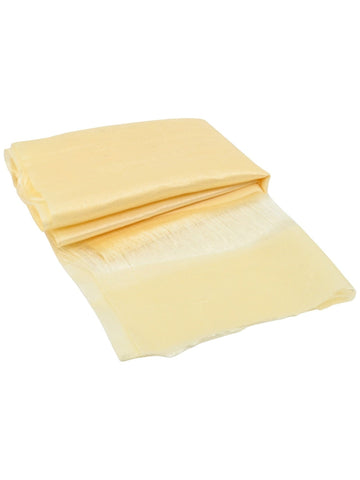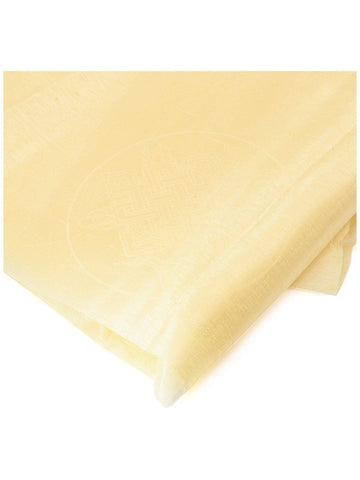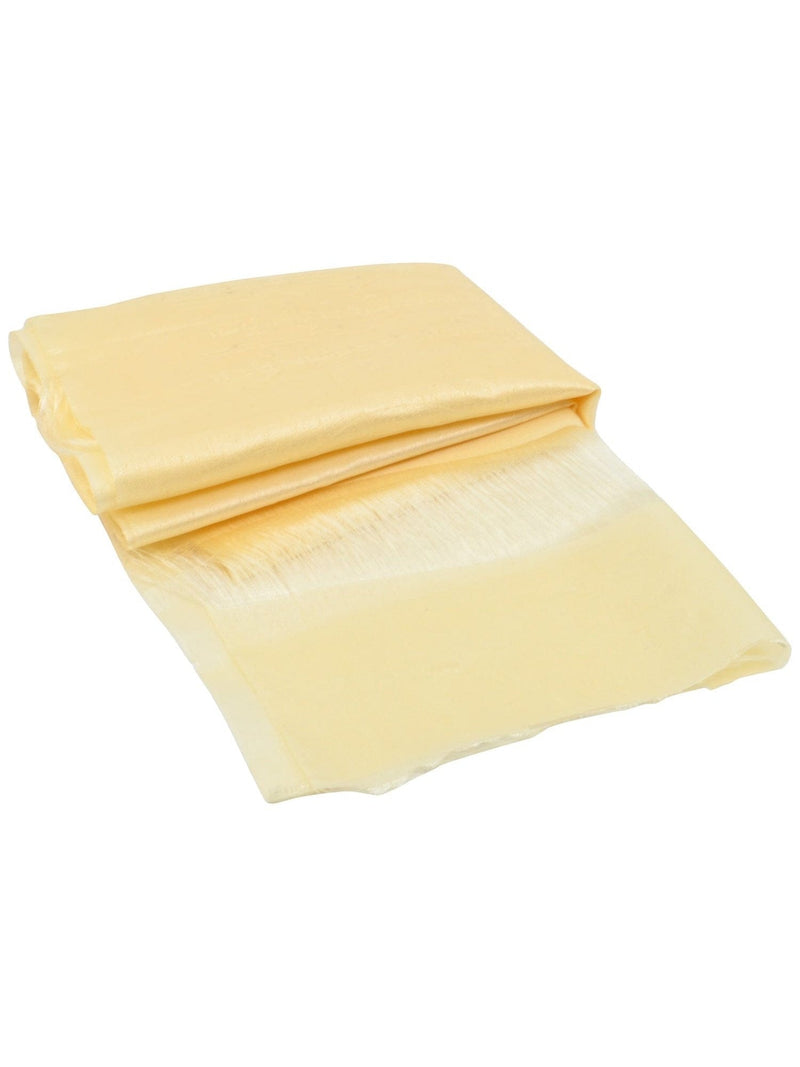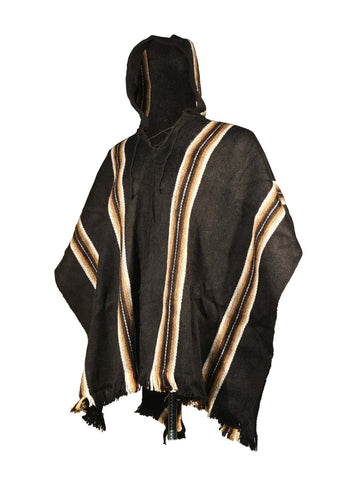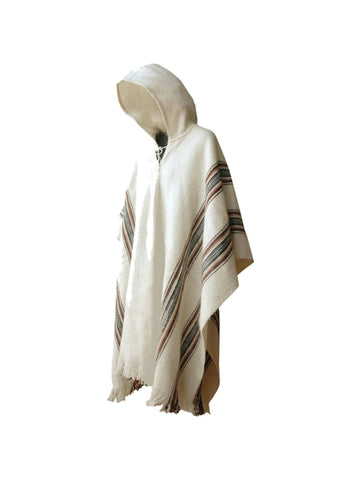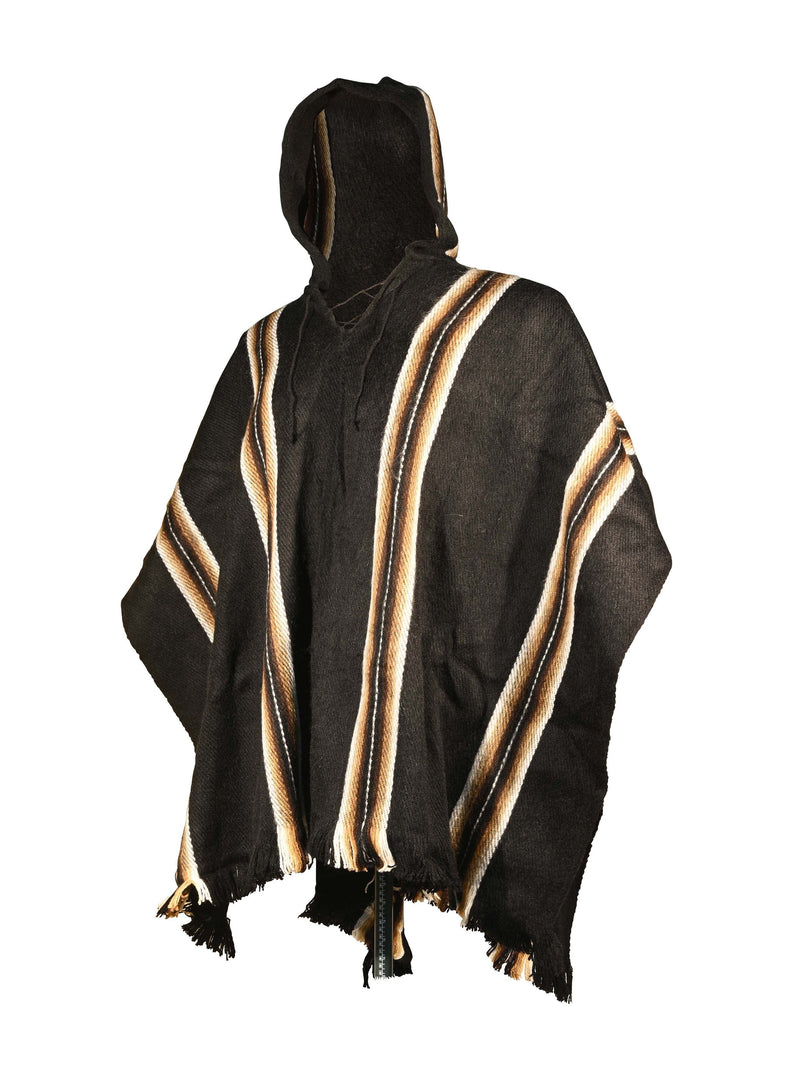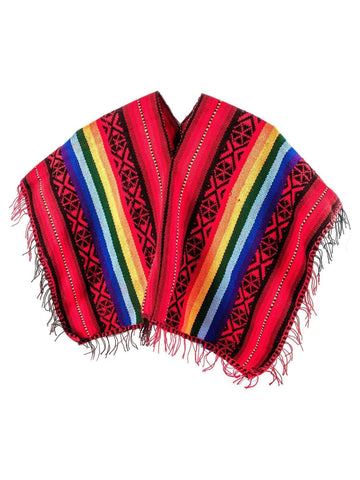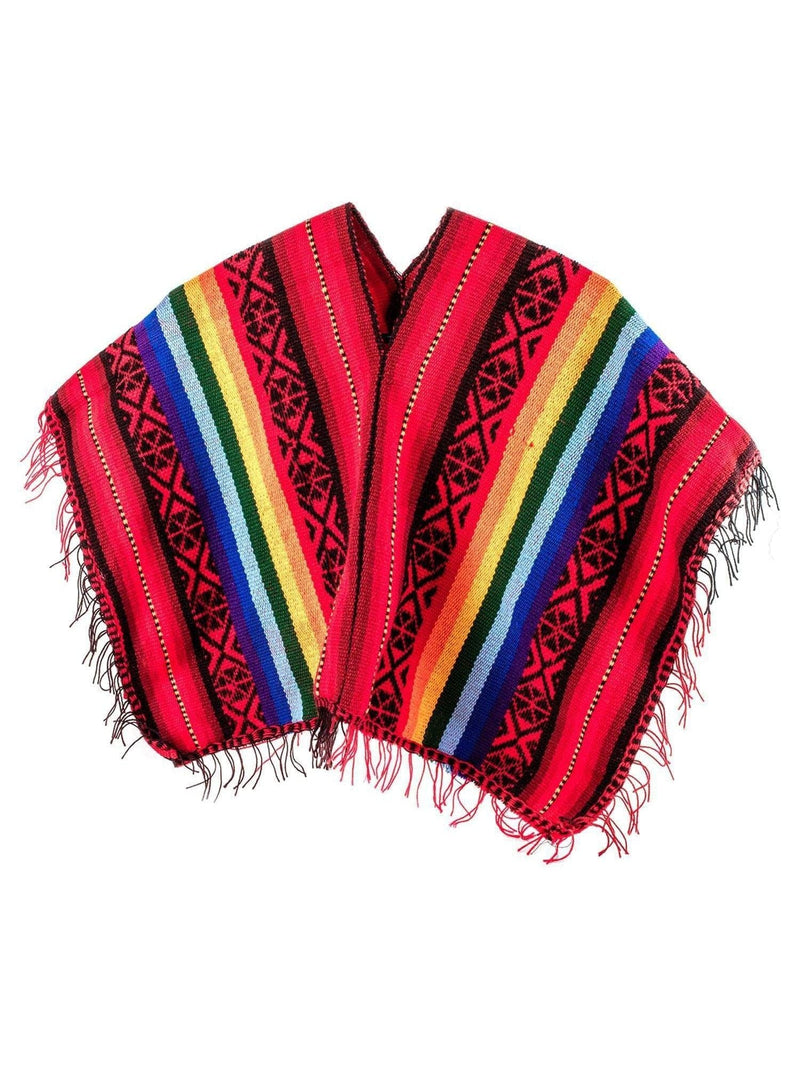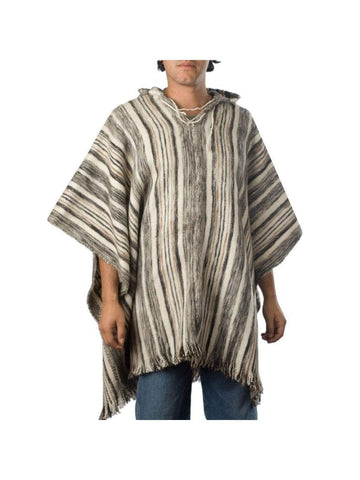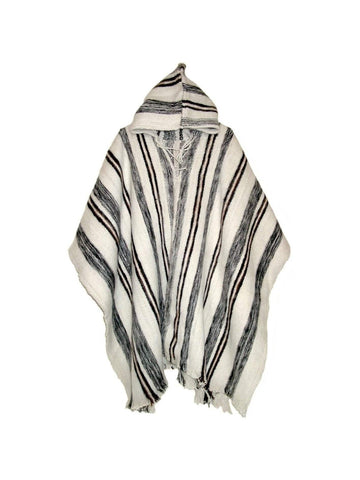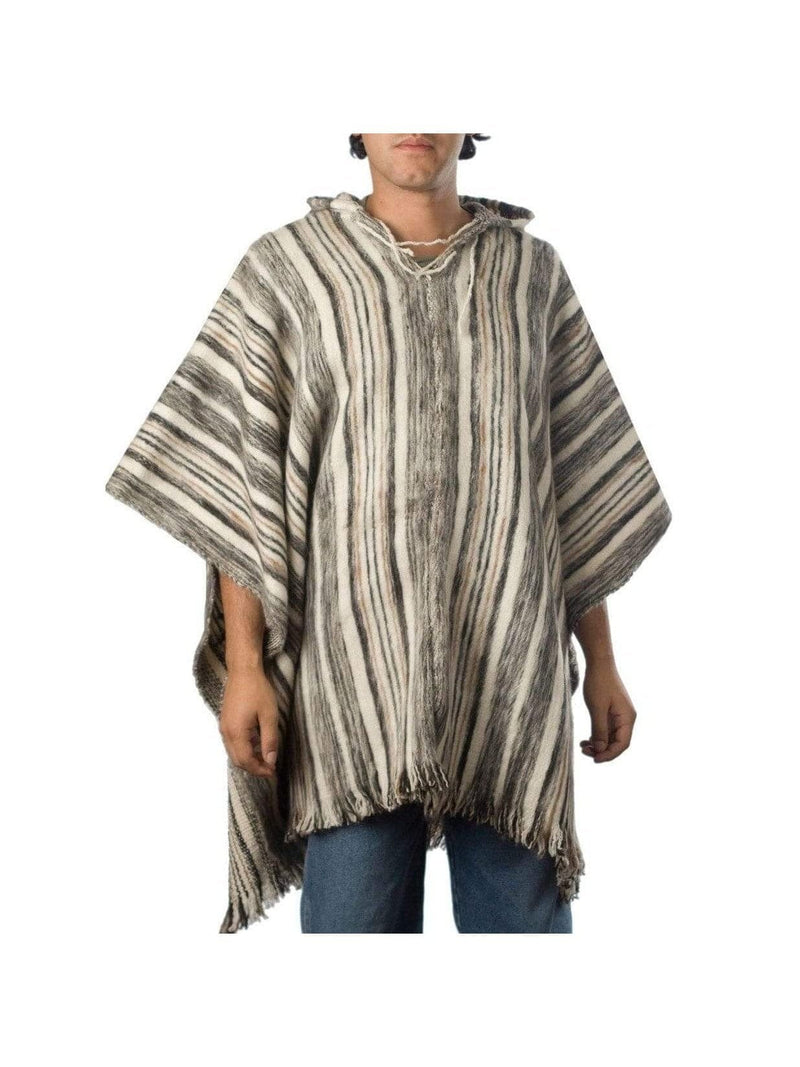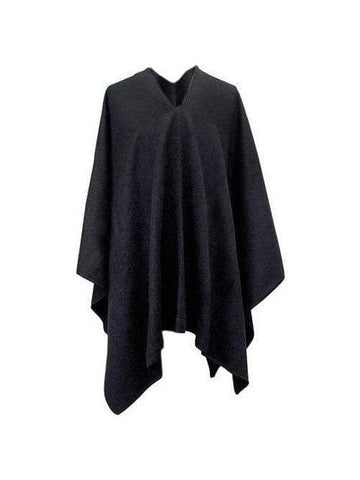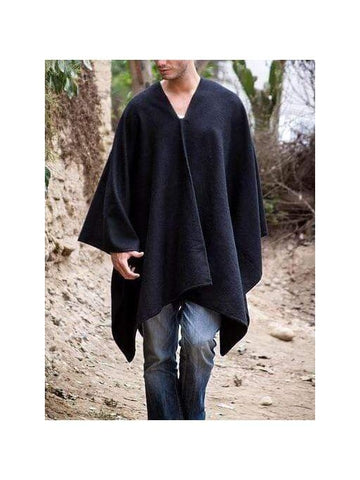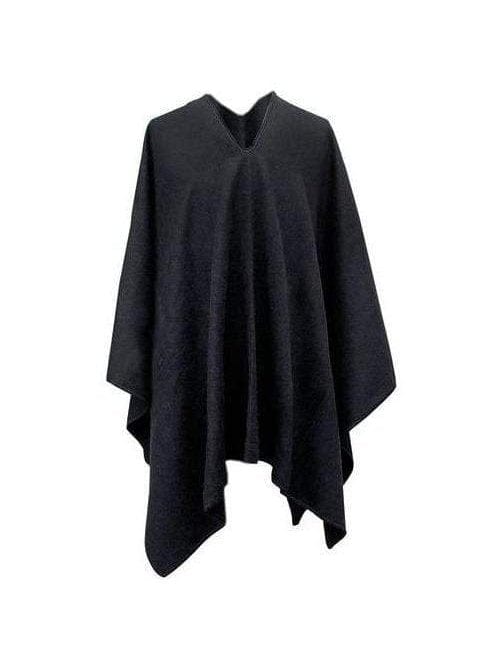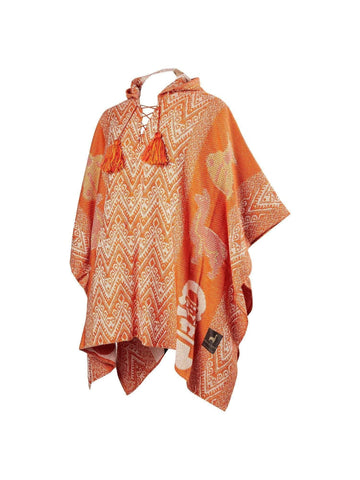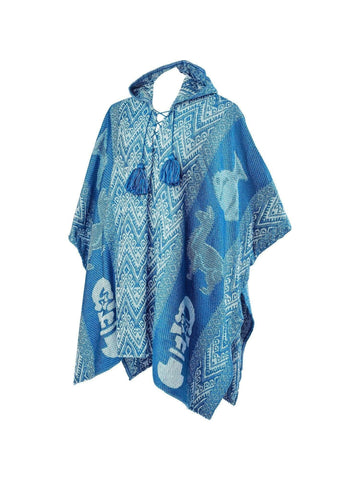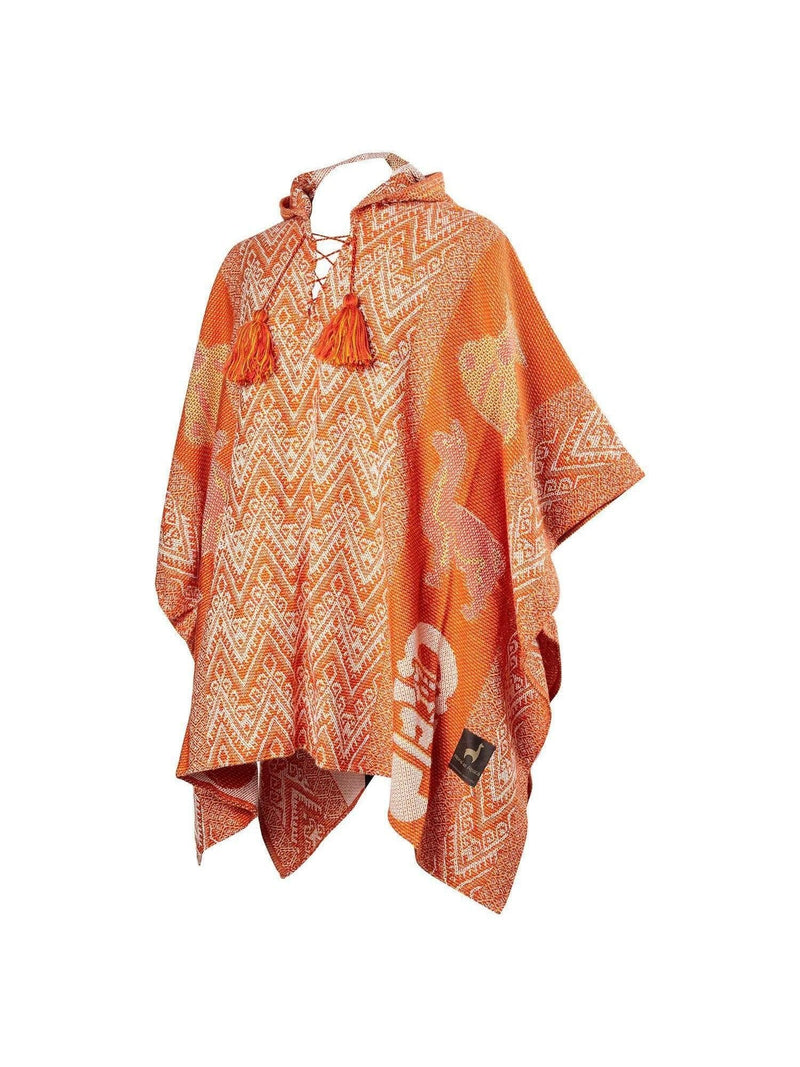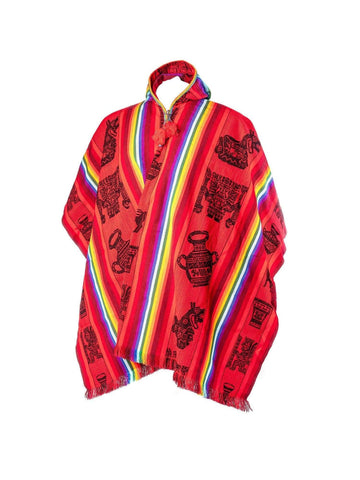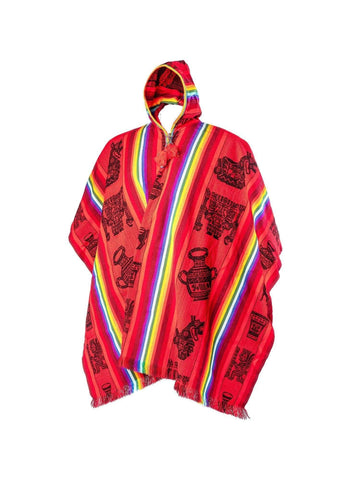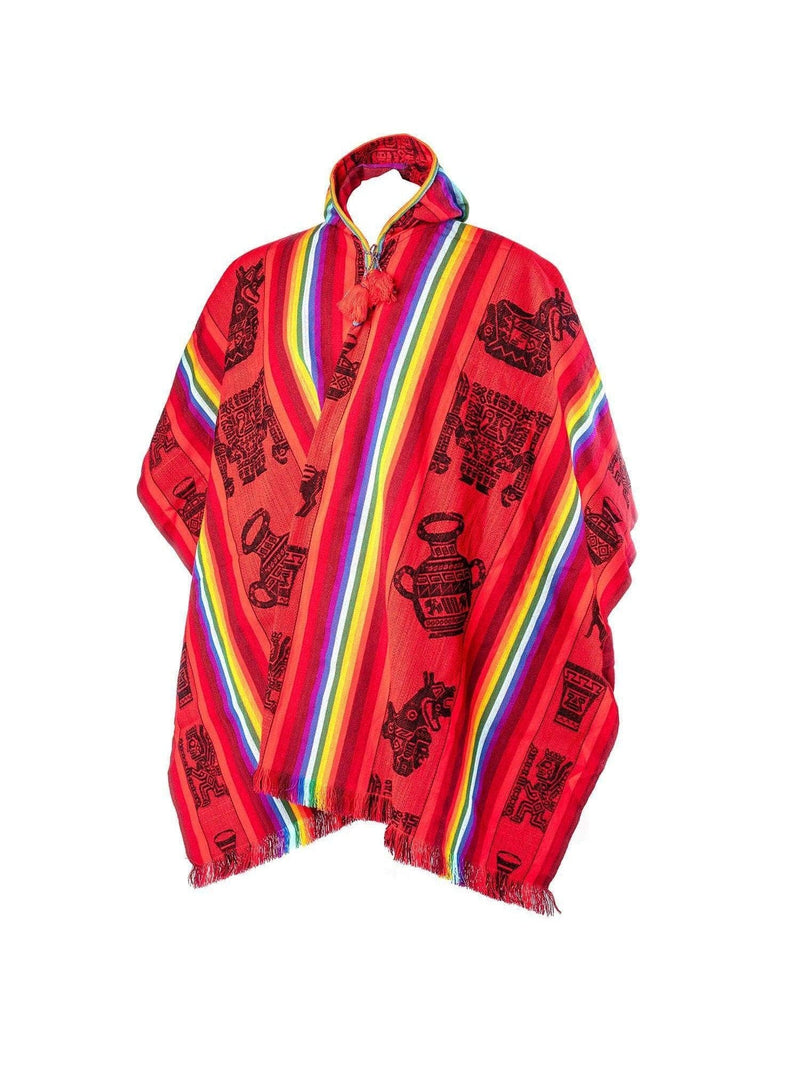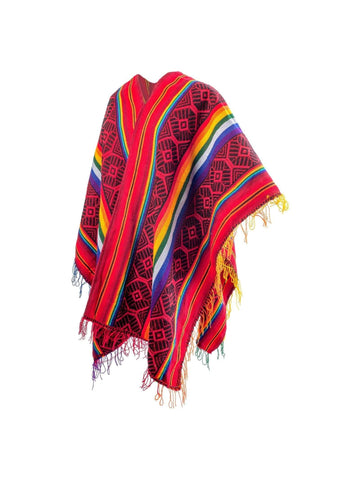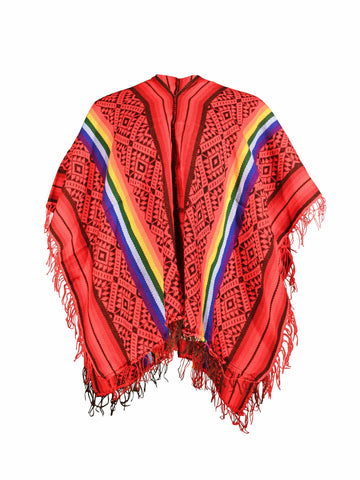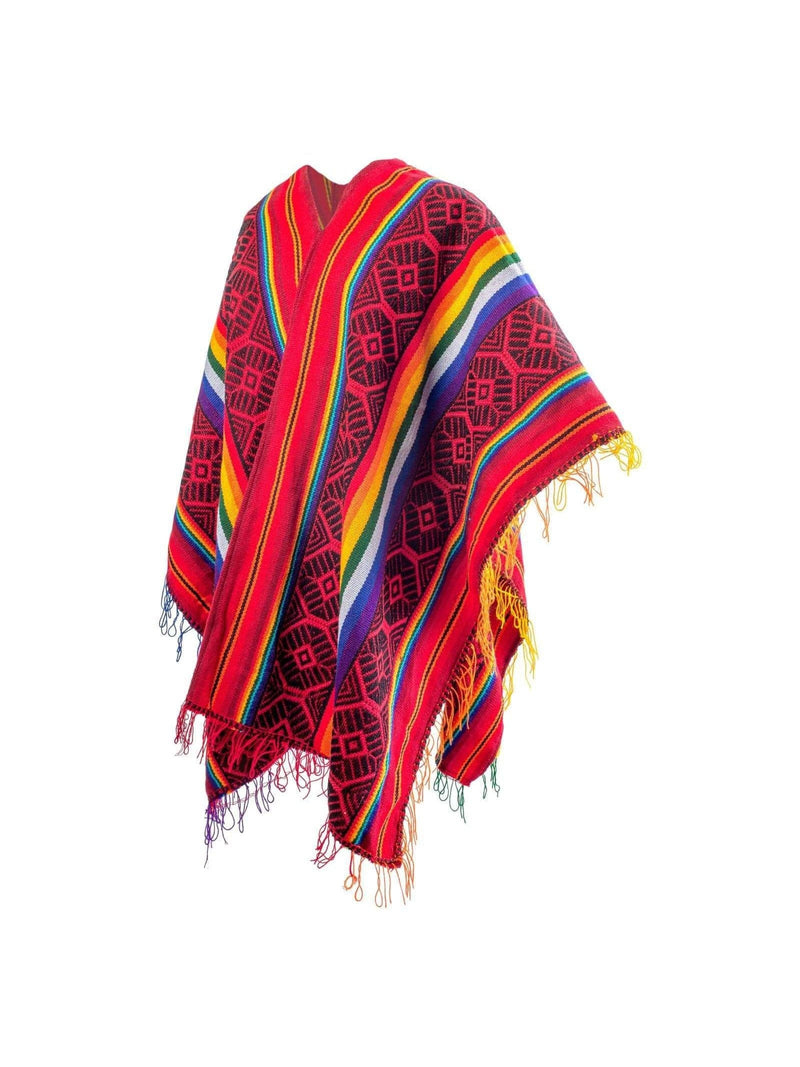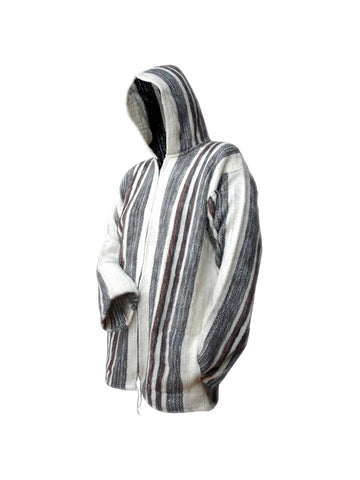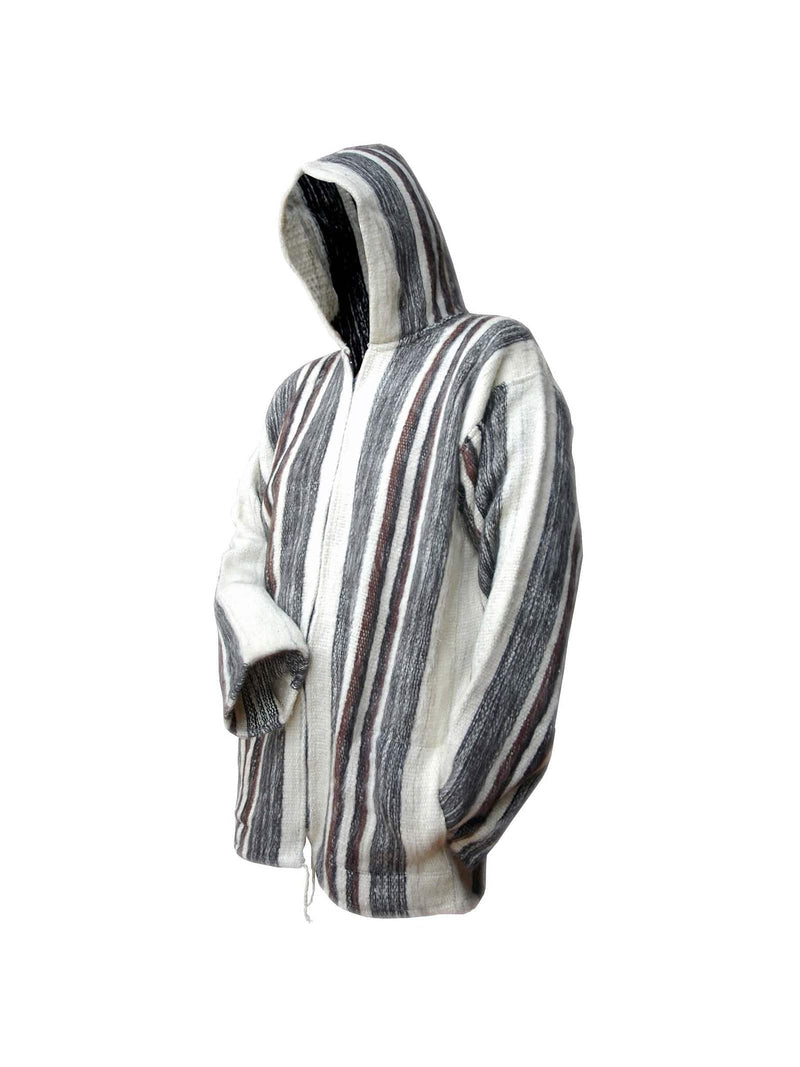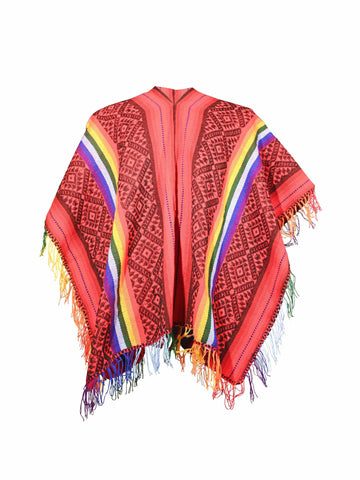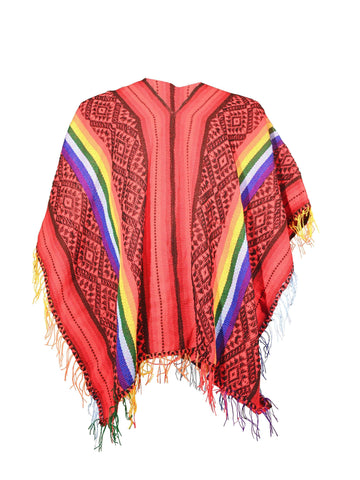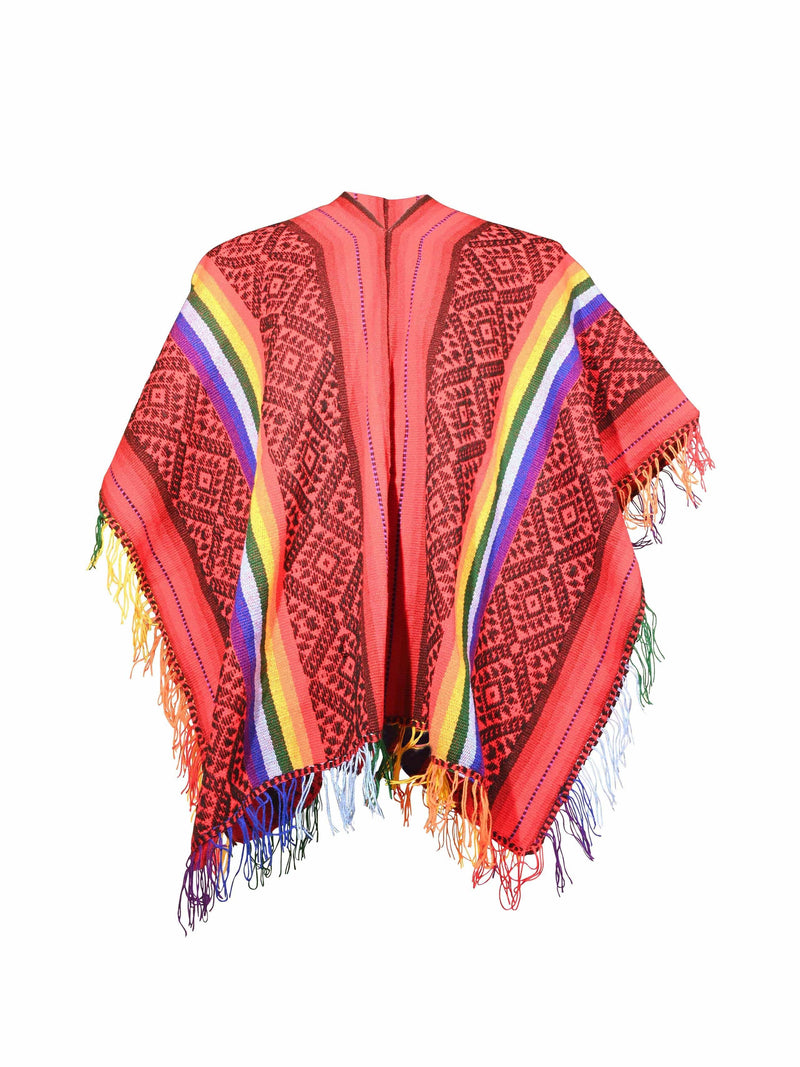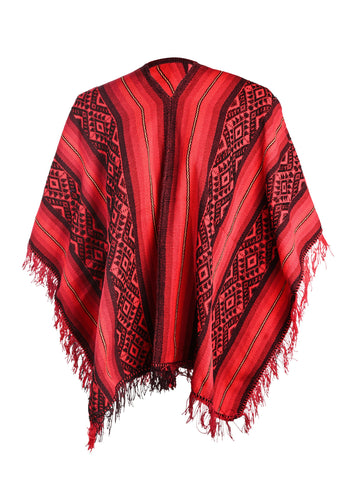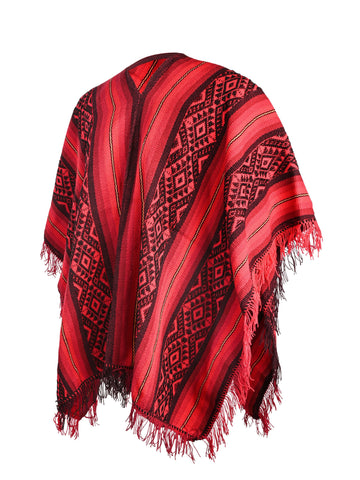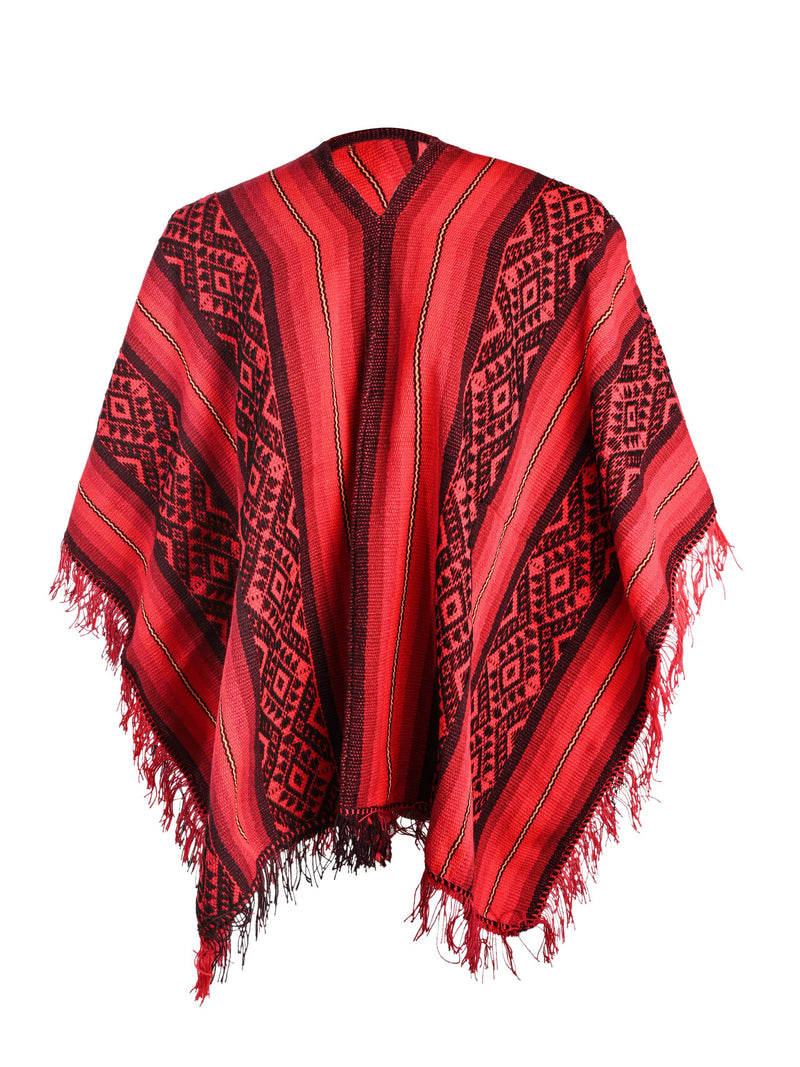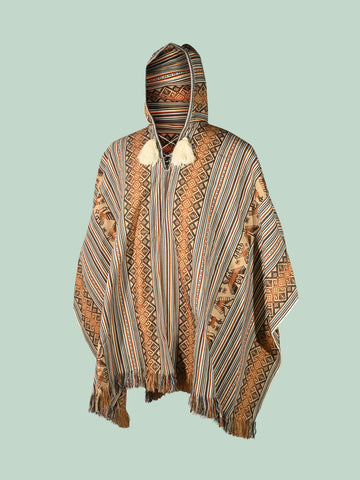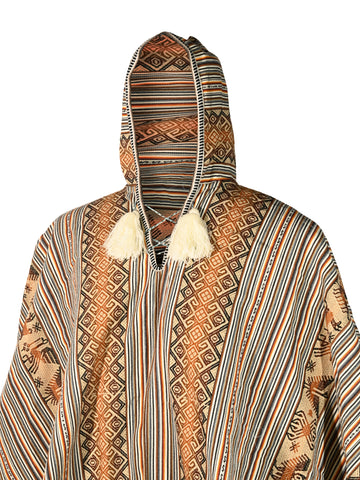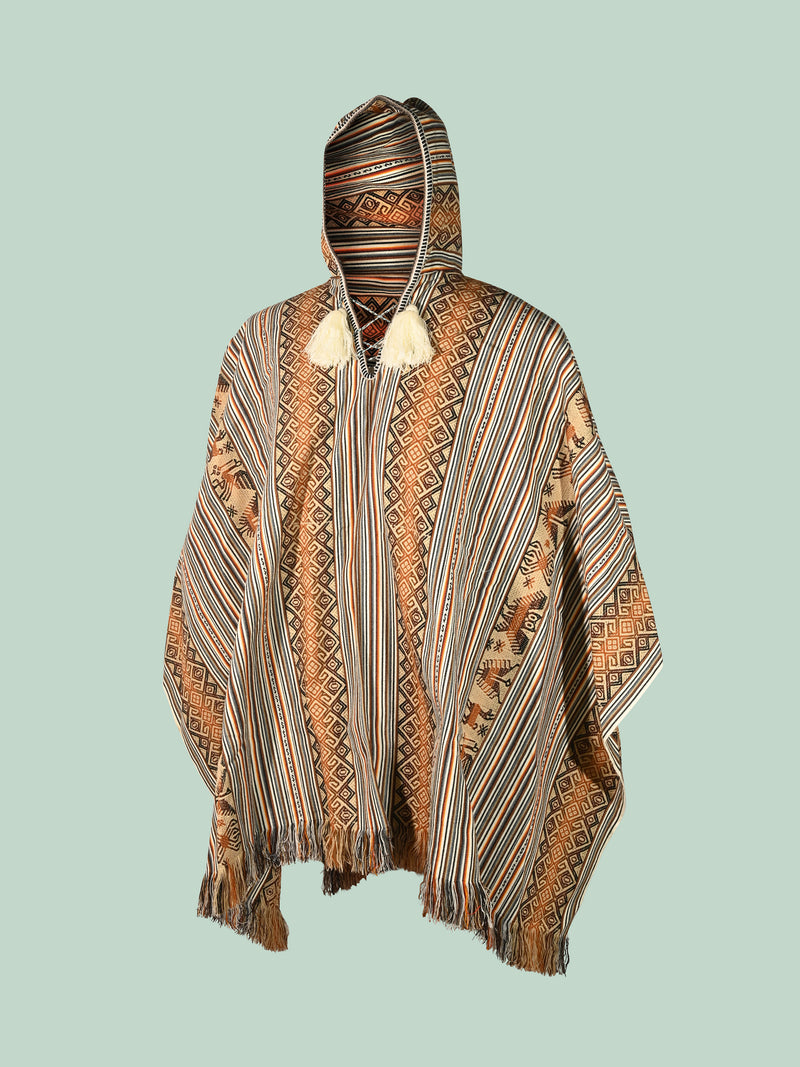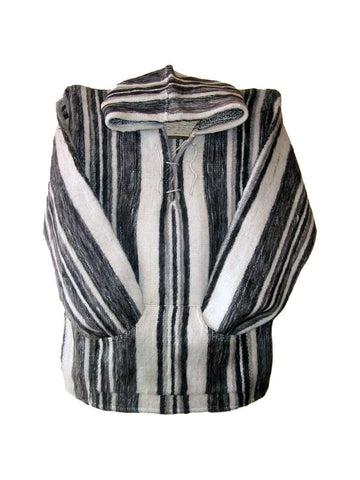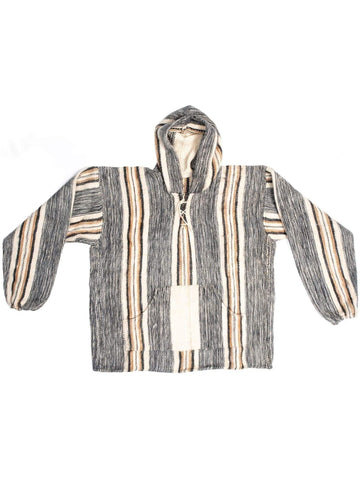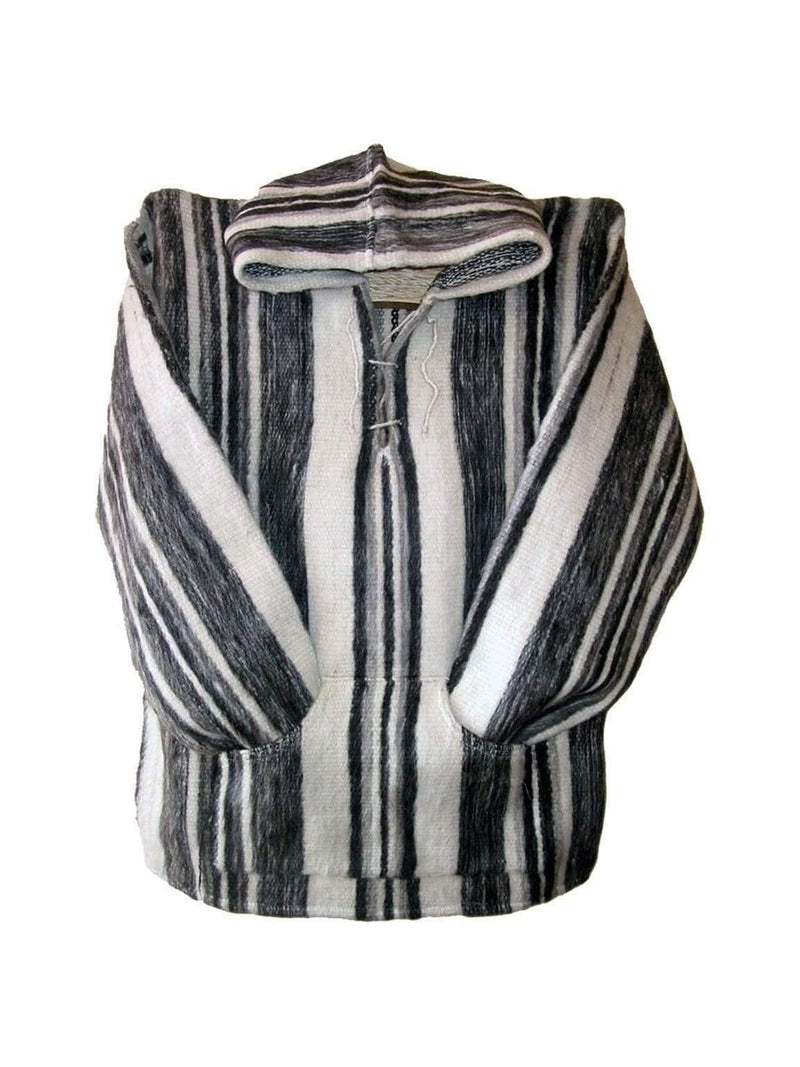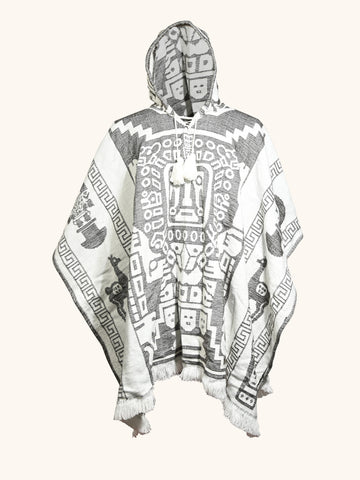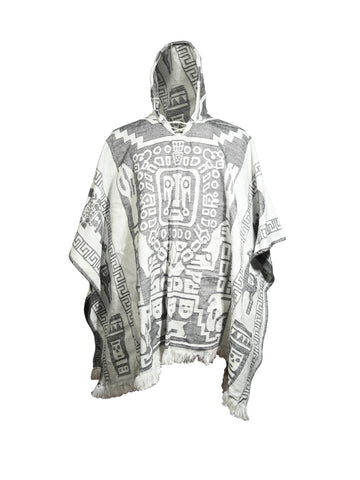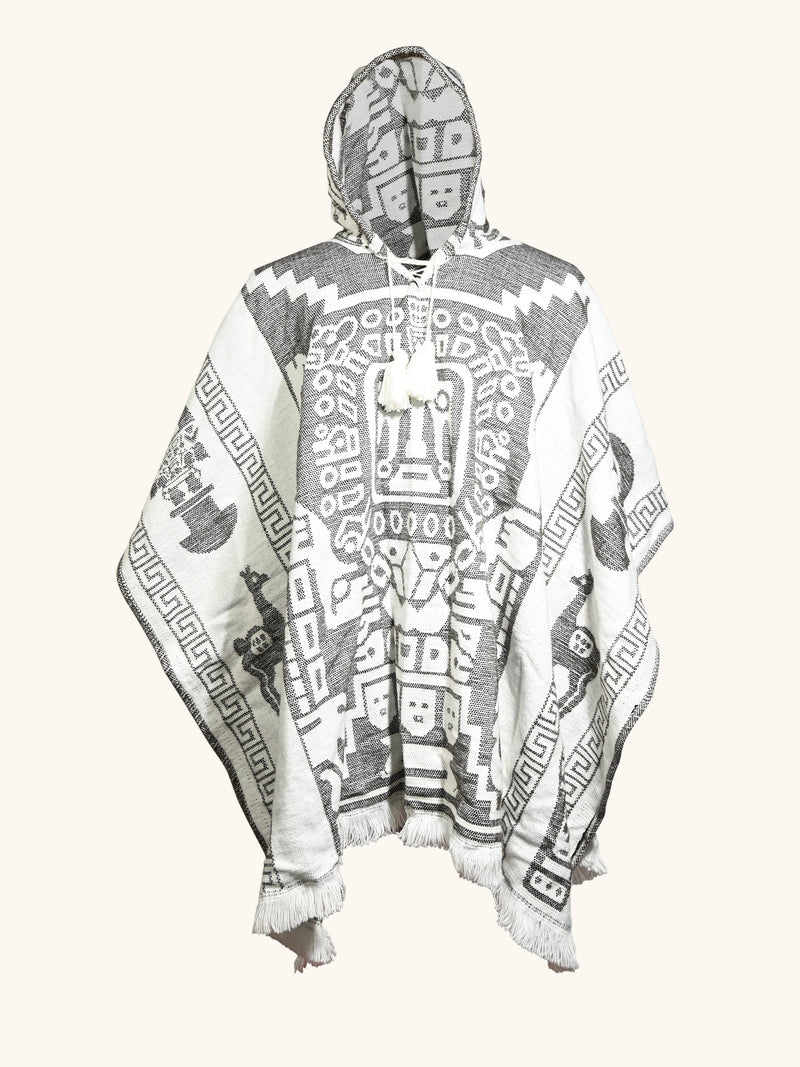Clothing
Showing 33 of 33 products-
Hooded Artisan Andean Poncho - Puno
$159.00CaramelBlue SageWhite/BlackChocolateOlive GreenWhite/Gray
 Fair and ethically
Fair and ethically traded products
- Offering authentic, sustainable products that support artisans, their families, and indigenous ways Learn More...
 Providing a connection to the sacred
Providing a connection to the sacredarts of indigenous communities
- Consciously serving our community for over 22 years with integrity and passion Learn More...
 Living in harmoney with each other
Living in harmoney with each otherand our earth
- Reducing our use of resources with Earth conscious shipping and packaging practices Learn More...
 Fair and ethically traded products. Learn More
Fair and ethically traded products. Learn More
- Offering authentic, sustainable products that support artisans, their families, and indigenous ways Learn More...
 Providing a connection to the sacred arts of indigenous communities. Learn More
Providing a connection to the sacred arts of indigenous communities. Learn More
- Consciously serving our community for over 22 years with integrity and passion Learn More...
 Living in harmoney with each other and our earth. Learn More
Living in harmoney with each other and our earth. Learn More
- Reducing our use of resources with Earth conscious shipping and packaging practices Learn More...
Wrap Yourself in Timeless Elegance with Wool Ponchos
Welcome, seeker of timeless fashion and ethereal warmth, to a place where classic style gently weaves with the soul of sustainability. With our collection of Wool Ponchos, each piece is a work of art, spun from the dreams of the Andes and the spirit of Mother Earth.
Classic Style, Consciously Crafted
Our ponchos are more than a statement of classic style; they are a testament to tradition and a pledge to protect our planet. Made with the softest fibers, they offer not just comfort but also the warmth that transcends mere trends.
In every fiber, feel the touch of artisans who, with skilled hands and pure intentions, bring forth a weave that honors the past while dressing the future.
Sort Through the Spirits of the Andes
Find your perfect match with our intuitive sort filter, a gateway to align your essence with the right design. Whether drawn to the whisper of geometric patterns or the call of rich, earthy tones, our collection has been curated to resonate with your inner self. Each poncho awaits to drape you in its classic style and spiritual sophistication.
New Products, Ancient Threads
Ascend to the zenith of your unique style with our newest arrivals. Explore fresh takes on age-old designs infused with the vibrancy of the mountains. These new products reflect your commitment to sustainable fashion and your devotion to a mindful existence.
Honor Your Commitment Through Multiple Payment Options
Your quest for a sustainable wardrobe is a sacred intention, and we honor your path by facilitating an effortless checkout experience. With multiple payment options such as American Express, empower your purpose and purchase with ease, knowing that every transaction moves us closer to a world woven with the threads of responsibility and grace.

